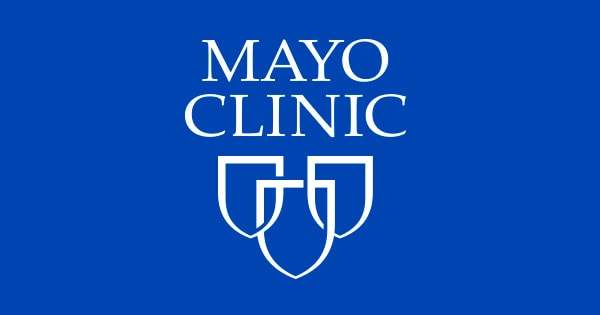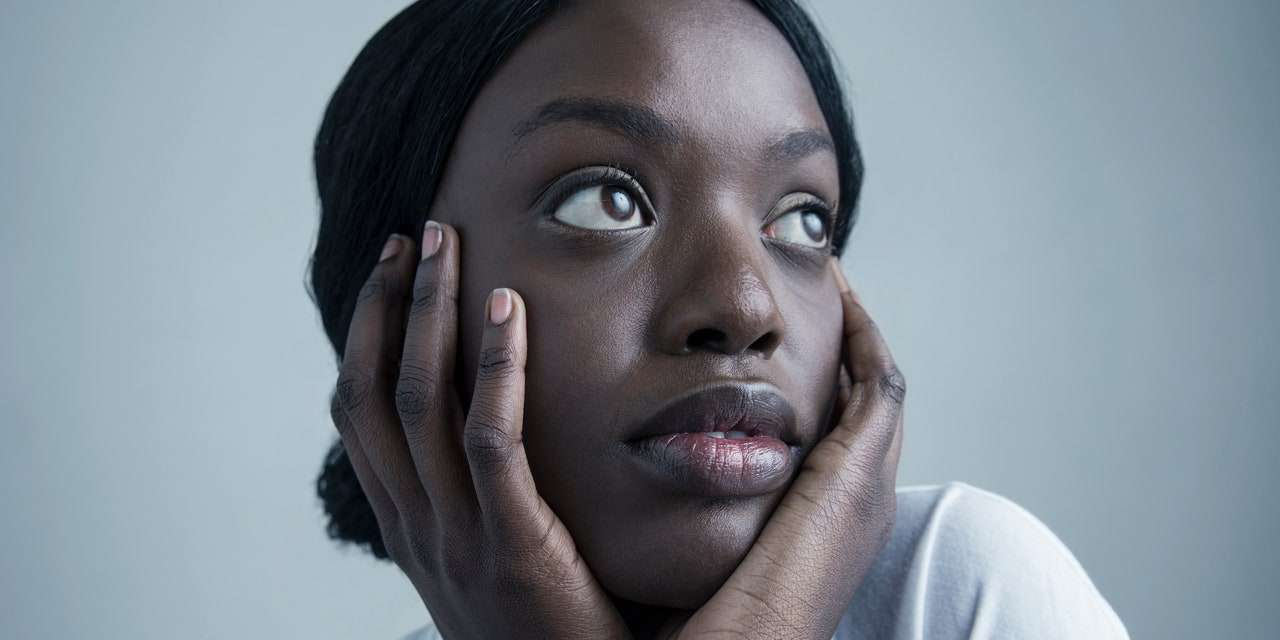Massage: Get in touch with its many benefits
Massage can be a powerful tool to help you take charge of your health and well-being. See if it’s right for you.
By Mayo Clinic Staff
Massage used to be available only through luxury spas and upscale health clubs. Today, massage therapy is offered in businesses, clinics, hospitals and even airports. If you’ve never tried massage, learn about its possible health benefits and what to expect during a massage therapy session.
What is massage?
Massage is a general term for pressing, rubbing and manipulating your skin, muscles, tendons and ligaments. Massage may range from light stroking to deep pressure. There are many different types of massage, including these common types:
- Swedish massage. This is a gentle form of massage that uses long strokes, kneading, deep circular movements, vibration and tapping. It helps you feel relaxed and energized.
- Deep massage. This massage technique uses slower, more-forceful strokes to target the deeper layers of muscle and connective tissue. It’s commonly used to help with muscle damage from injuries.
- Sports massage. This is similar to Swedish massage, but it’s geared toward people involved in sport activities to help prevent or treat injuries.
- Trigger point massage. This massage focuses on areas of tight muscle fibers that can form in your muscles after injuries or overuse.
Benefits of massage
Massage is generally considered part of integrative medicine. It’s increasingly being offered along with standard treatment for a wide range of medical conditions and situations.
Massage benefits can include:
- Reducing stress and increasing relaxation
- Reducing pain and muscle soreness and tension
- Improving circulation, energy and alertness
- Lowering heart rate and blood pressure
- Improving immune function
While more research is needed to confirm the benefits of massage, some studies have found massage may also be helpful for:
- Anxiety
- Digestive disorders
- Fibromyalgia
- Headaches
- Insomnia related to stress
- Low back pain
- Myofascial pain syndrome
- Nerve pain
- Soft tissue strains or injuries
- Sports injuries
- Temporomandibular joint pain
- Upper back and neck pain
Beyond the benefits for specific conditions or diseases, some people enjoy massage because it often produces feelings of caring, comfort and connection.
Despite its benefits, massage isn’t meant as a replacement for regular medical care. Let your doctor know you’re trying massage and be sure to follow any standard treatment plans you have.
Risks of massage
Most people can benefit from massage. However, massage may not be appropriate if you have:
- Bleeding disorders or take blood-thinning medication
- Burns or healing wounds
- Deep vein thrombosis
- Infections
- Broken bones (fractures)
- Severe osteoporosis
- A very low platelet count (severe thrombocytopenia)
Discuss the pros and cons of massage with your doctor, especially if you are pregnant or if you have cancer or unexplained pain.
Some forms of massage can leave you feeling a bit sore the next day. But massage shouldn’t ordinarily be painful or uncomfortable. If any part of your massage doesn’t feel right or is painful, speak up right away. Most serious problems come from too much pressure during massage.
What you can expect during a massage
You don’t need any special preparation for massage. Before a massage therapy session starts, your massage therapist should ask you about any symptoms, your medical history and what you’re hoping to get out of massage. Your massage therapist should explain the kind of massage and techniques he or she will use.
In a typical massage therapy session, you undress or wear loose-fitting clothing. Undress only to the point that you’re comfortable. You generally lie on a table and cover yourself with a sheet. Your massage therapist will leave the room when you undress before the massage and when you dress after it. You can also have a massage while sitting in a chair, fully clothed. Your massage therapist should perform an evaluation through touch to locate painful or tense areas and to determine how much pressure to apply.
Depending on preference, your massage therapist may use oil or lotion to reduce friction on your skin. Tell your massage therapist if you might be allergic to any ingredients.
A massage session may last from 10 to 90 minutes, depending on the type of massage and how much time you have. No matter what kind of massage you choose, you should feel calm and relaxed during and after your massage. Breathe normally throughout your massage.
Your massage therapist may play music during your massage or talk to you, but you can tell him or her if you prefer quiet.
If a massage therapist is pushing too hard, ask for lighter pressure. Occasionally you may have a sensitive spot in a muscle that feels like a knot. It’s likely to be uncomfortable while your massage therapist works it out. But if it becomes painful, speak up.
Finding a massage therapist
Ask your doctor or someone else you trust for a recommendation. Most states regulate massage therapists through licensing, registration or certification requirements.
Don’t be afraid to ask a potential massage therapist such questions as:
- Are you licensed, certified or registered?
- What is your training and experience?
- How many massage therapy sessions do you think I’ll need?
- What’s the cost, and is it covered by health insurance?
The take-home message about massage
Brush aside any thoughts that massage is only a feel-good way to indulge or pamper yourself. To the contrary, massage can be a powerful tool to help you take charge of your health and well-being, whether you have a specific health condition or are just looking for another stress reliever. You can even learn how to do self-massage or how to engage in massage with a partner at home.
There is a problem with information submitted for this request. Review/update the information highlighted below and resubmit the form.
From Mayo Clinic to your inbox
Sign up for free, and stay up to date on research advancements, health tips and current health topics, like COVID-19, plus expertise on managing health.
ErrorEmail field is required
ErrorInclude a valid email address
To provide you with the most relevant and helpful information, and understand which information is beneficial, we may combine your email and website usage information with other information we have about you. If you are a Mayo Clinic patient, this could include protected health information. If we combine this information with your protected health information, we will treat all of that information as protected health information and will only use or disclose that information as set forth in our notice of privacy practices. You may opt-out of email communications at any time by clicking on the unsubscribe link in the e-mail.
Thank you for subscribing!
You’ll soon start receiving the latest Mayo Clinic health information you requested in your inbox.
Sorry something went wrong with your subscription
Please, try again in a couple of minutes
- Massage therapy: What you need to know. National Center for Complementary and Integrative Health. https://www.nccih.nih.gov/health/massage-therapy-what-you-need-to-know. Accessed Dec. 18, 2020.
- AskMayoExpert. Massage therapy. Mayo Clinic; 2019.
- What to expect at your massage session. American Massage Therapy Association. https://www.amtamassage.org/find-massage-therapist/what-to-expect-at-massage-session/. Accessed Dec. 18, 2020.
- 6 things to know when selecting a complementary health practitioner. National Center for Complementary and Integrative Health. https://www.nccih.nih.gov/health/tips/things-to-know-when-selecting-a-complementary-health-practitioner. Accessed Dec. 18, 2020.
- Goldman L, et al., eds. Complementary, alternative, and integrative medicine. In: Goldman-Cecil Medicine. 26th ed. Elsevier; 2020. https://www.clinicalkey.com. Accessed Dec. 18, 2020.
- Benzon HT, et al, eds. Physical medicine techniques in pain management. In: Practical Management of Pain. 5th ed. Mosby Elsevier; 2014. https://www.clinicalkey.com. Accessed Dec. 18, 2020.
See more In-depth
Massage is perhaps one of the oldest healing traditions. Many ancient peoples – including the Ancient Greeks, Egyptians, Chinese and Indians – were convinced of the therapeutic properties of massage and used it to treat a variety of ailments.
Massage therapy (including myotherapy) is the practice of kneading or manipulating a person’s muscles and other soft-tissue in order to improve their wellbeing or health. It is a form of manual therapy that includes holding, moving, and applying pressure to the muscles, tendons, ligaments and fascia.
The term ‘massage therapy’ is used to describe a wide variety of techniques that vary in the manner in which touch, pressure and the intensity of the treatment is applied.
Massage for treatment of some disorders
Research indicates that massage and myotherapy are effective in managing:
- subacute/chronic low back pain
- delayed onset muscle soreness (DOMS)
- anxiety
- stress
- soft tissue injuries
- high blood pressure
- insomnia.
They can also be effectively used to support people with:
- a chronic disease
- a life threatening illness such as cancer.
Benefits of massage
One of the immediate benefits of massage is a feeling of deep relaxation and calm. This occurs because massage prompts the release of endorphins – the brain chemicals (neurotransmitters) that produce feelings of wellbeing.
Levels of stress hormones, such as adrenalin, cortisol and norepinephrine, are also reduced. Studies indicate that high levels of stress hormones impair the immune system.
Some of the physical benefits of massage and myotherapy include:
- reduced muscle tension
- improved circulation
- stimulation of the lymphatic system
- reduction of stress hormones
- relaxation
- increased joint mobility and flexibility
- improved skin tone
- improved recovery of soft tissue injuries
- heightened mental alertness
- reduced anxiety and depression.
Different types of massage
Typically, massage practitioners use either oil or talcum powder to allow their hands to slip over a person’s skin. Sometimes, a sheet or thin piece of cloth might be used for the same effect.
Different types of massage may include:
-
myotherapy
– involves the assessment and treatment of soft tissue pain, injury and dysfunction affecting movement and mobility. Myotherapy is applied to restore and maintain the health and function of the soft tissue structure (muscles, tendons, ligaments and fascia) of the human body
- remedial – is the objective assessment, treatment and rehabilitation of the signs, symptoms and causes of biomechanical dysfunction or injury, using specific mobilisation techniques, in order to restore normal health and function
- therapeutic – also known as ‘Western’ or ‘Swedish’ massage. One of the most popular forms of massage in Australia, this technique is designed to promote relaxation and improve blood circulation
- lymphatic drainage – a gentle whole body treatment which relaxes the nervous system and aids the body’s immune system
- aromatherapy – essential oils made from selected flowers and plants are added to the massage oil for their particular therapeutic properties. For example, the scent of sandalwood is thought to reduce nervous tension
- baby massage – can help to treat constipation, colic and sleeping problems. Studies have found that regular massage helps premature babies to gain weight at a faster rate
- reflexology – based on the principle that certain parts of the body reflect the whole. Reflex points, which relate to all parts of the body, can be found in the feet, hands, face and ears. These points respond to pressure, stimulating the body’s own natural healing process
- shiatsu – an oriental massage technique that aims to improve energy flow by working certain points on the body. The underlying principles of shiatsu massage are similar to those of acupuncture
- sports – this is an application of massage, not a particular massage technique. The type of technique or treatment applied is dependent on the nature of the stage of training or competition, sports injury or condition and the assessment of the remedial massage therapist. Sport massage is a blend of techniques that aim to enhance performance and help overworked muscles to recover quickly.
Massage – special considerations
There are some instances where massage and myotherapy may not be recommended, or a GP or specialist referral should be obtained, including (but not limited to):
- during pregnancy
- if skin rashes, cuts or infections are present
- if fractures or broken bones are suspected
- if the person has a life threatening illness.
Where to get help
- Your doctor
-
Massage & Myotherapy
(Australian Association of Massage Therapists) Tel. 1300 138 872



